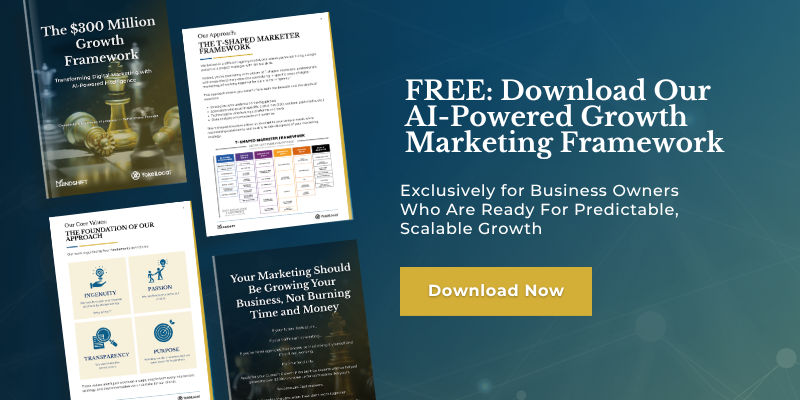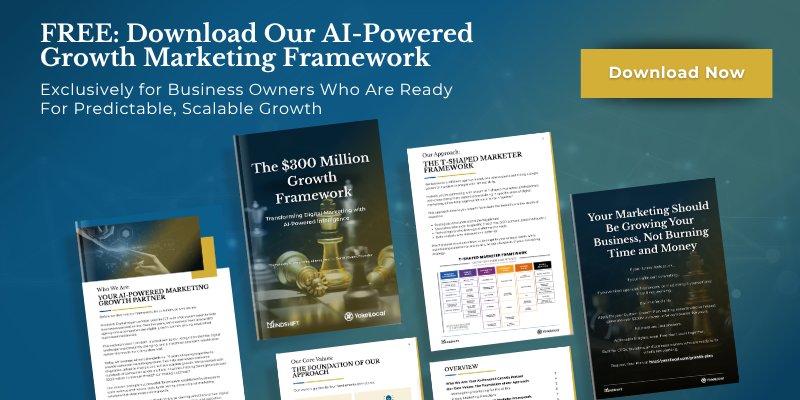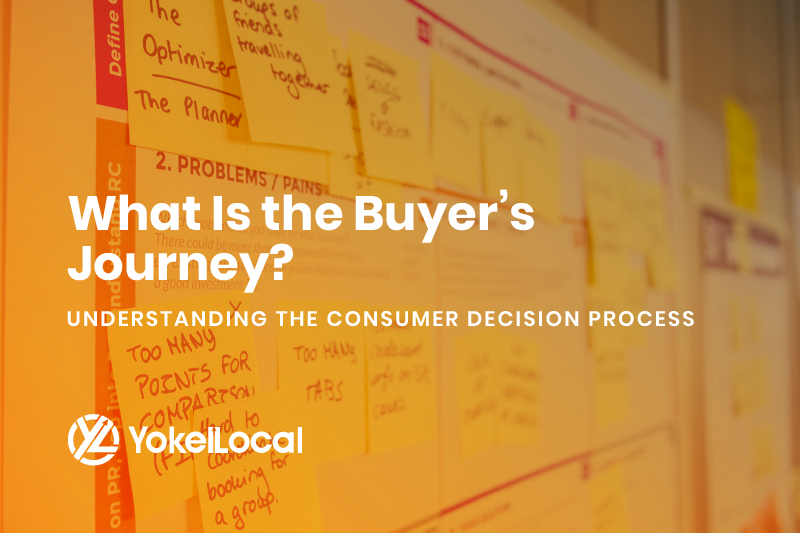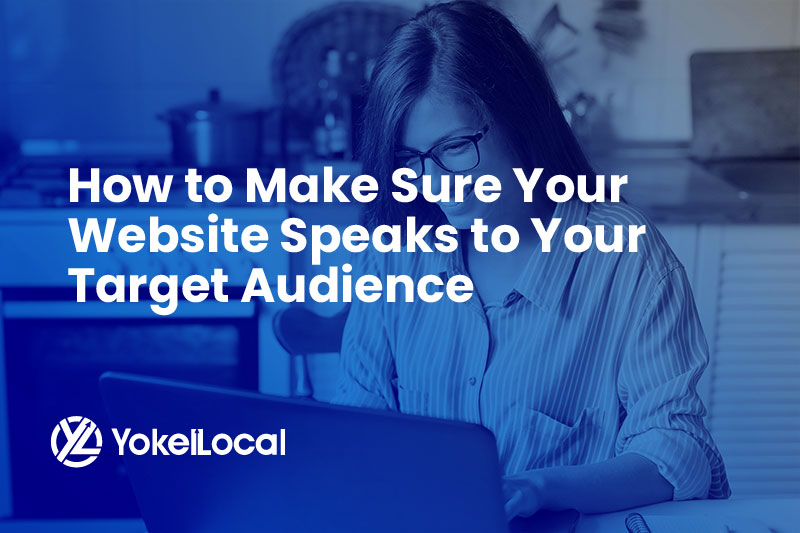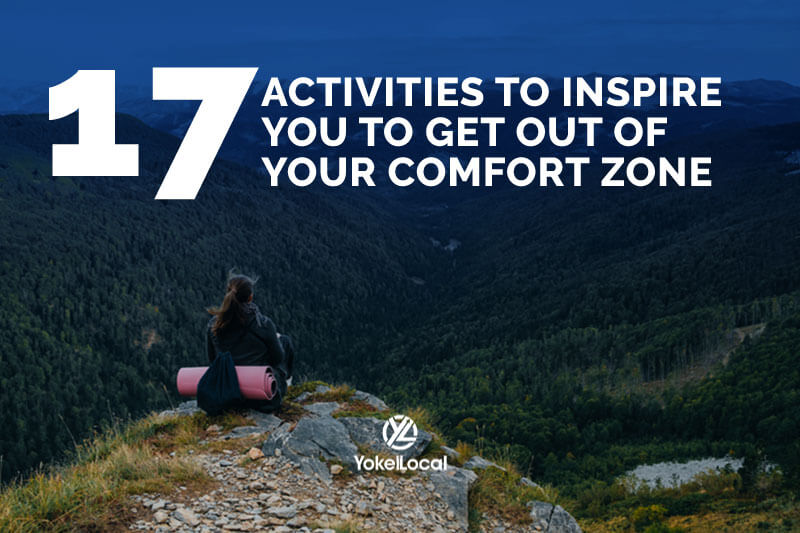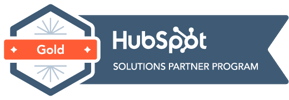Even if your website’s metrics are through the roof, if you don’t know your business’s target audience, your internet marketing efforts will go to waste. It’s tempting to see the digital space as an area where your business can make quick and easy gains in attracting new customers. However, you’ll need to focus on getting the right people through your digital doors to make those efforts truly pay off. Identifying your target audience can help you market smarter and get more value out of your efforts.
How to Find the Target Audience of a Website
A website is a critical piece of infrastructure for any business that serves as an advertising platform, a sales system, and a face to the public. In order to be effective, it needs to appeal to your target audience - the types of buyers who are looking for your business’s products or services. If your website isn’t optimized for your ideal patron, many won’t find it, and those who do, won’t feel like your business offers what they need.
Buyer Persona
That brings us to buyer personas, which are created after carefully studying the types of customers a business typically attracts. A buyer persona is a model of an ideal customer that accounts for demographic information, along with their pain points, motivations, and psychology. A business can have multiple buyer personas, and they can take the form of a brief outline or more complex narratives. Understanding buyer personas is the important first step in making sure your website speaks to your target audience.
Messaging in Their Language
When you visit a non-English speaking country, you’ll find it in your best interest to either learn some of the native language or have a reference book for assistance. We can all agree that if you’re speaking English to people who don’t understand English, then you’re not going to get anything accomplished. And it’s the same for your website and your target audience: the messaging must be in their figurative language.
Using the right type of messaging and “language” will give your ideal customers feelings of familiarity, comfort, and trust. They’ll feel understood when visiting your website and will be more likely to remember your brand, as well as ultimately buy from you. Make sure all of the messaging on your website (as well as in all of your business’s internet marketing) speaks to your target audience, which includes everything from headers to blog posts to calls to action. When this is done effectively, your site will simultaneously have better SEO, because it’s littered with the keywords that your buyers are using in their searches.
Imagery and Media
Your site’s images, infographics, and videos should strongly resonate with your target audience and speak their visual language. A target buyer should see themselves in your site’s media. Loud videos with dramatic fade-ins and a lot of action won’t speak to your audience if you’re selling medical devices or running a cute café. Images and media that miss the mark will result in consumers leaving your website and buying from a competitor.
Action-oriented CTAs
Calls to action (CTAs) turn browsing your site from a passive experience to an active one. CTAs are short phrases or buttons sprinkled throughout a website at strategic points that encourage a viewer to take an action that moves them further along the buyer’s journey. They typically appear as buttons or snippets, images, or highlighted text, and usually link to a web page, contact form, or piece of content. Creating CTAs that appeal to your target audience will increase engagement with them and increase overall conversions.
Easy UX and Navigation
User experience (UX) refers to a site’s look, feel, and usability, while navigation refers to how intuitively users can find the parts of a site they’re looking for. A site that minimizes friction along the buyer’s journey makes it more likely that visitors convert and don’t abandon their cart. Like most components of internet marketing, by improving your site’s UX and navigability you can also draw in more traffic.
Content Offers
Content offers are pieces of gated content, such as white papers, infographics, or reports, that a prospect can download in exchange for their contact information. An integral component of internet marketing, content offers are used to educate a prospect with the intent of moving them toward conversion. As such, they need to be created and placed on the website with the target audience in mind. Content offers that are relevant to your target audience will get more engagement and, will in turn, spark more conversions.
Was Your Website Built for Your Target Audience?
With all of this in mind, take a look at your own site and see if it was built for your website target audience. Could a prospect visit your site and convert based on the site’s content, UX, navigability, CTAs, and messaging? If you need help creating a buyer persona and creating lead generation strategies to better align your site with your target audience, contact us today. The more you invest in learning about your customers, the more you can improve your business to reach them!


